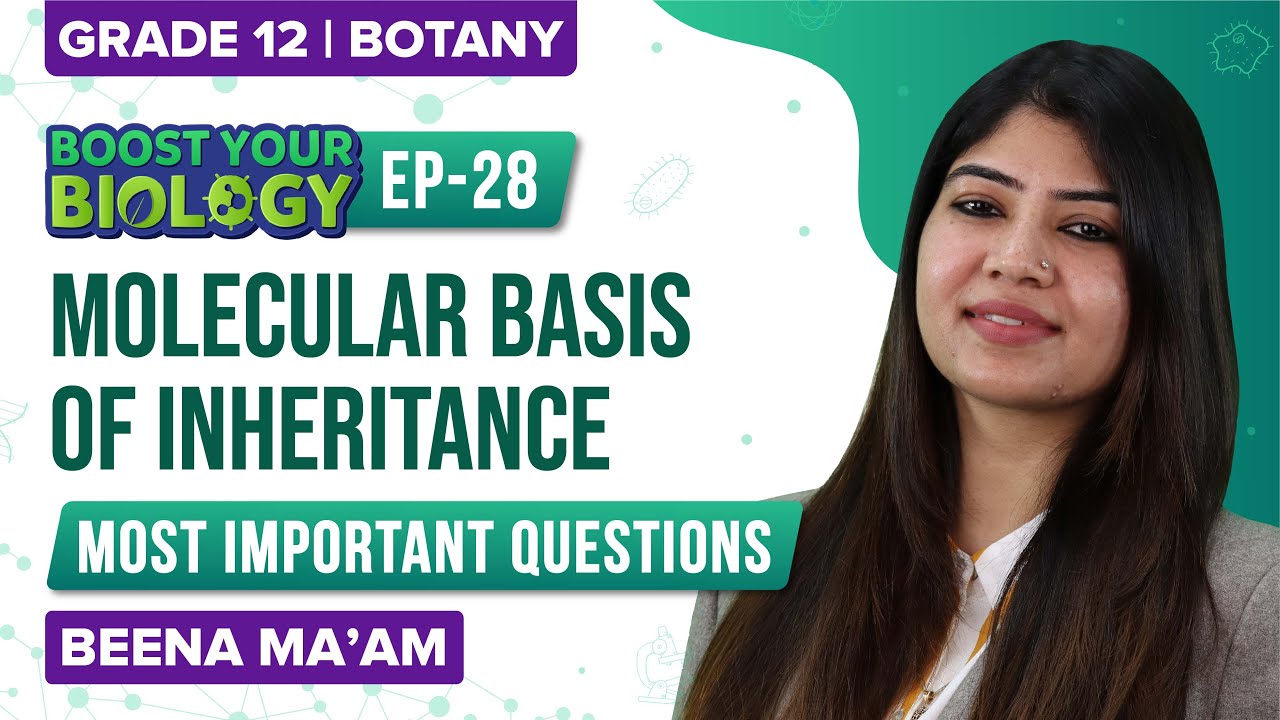DNA is a group of molecules carrying and transmitting hereditary characteristics or genetic instructions from parents to offsprings. Nucleic acids found in all living entities in the form of RNA or DNA and are formed by the combination of sugar molecules, nitrogenous bases, and phosphate groups associated with different bonds in a sequence. Explore MCQs on DNA structure here.
Download Complete Chapter Notes of Molecular Basis of Inheritance
Download Now
NEET MCQ on DNA Structure PDF:-Download the PDF Here
1. DNA fingerprinting recognizes the differences in
(a) satellite DNA
(b) bulk DNA
(c) Repetitive DNA
(d) both (a) and (c)
Answer: (d)
2. This force can stabilize a DNA double-helix
(a) Hydrophilic sugar-phosphate groups are found on the exterior of the helix where interaction with water occurs
(b) Hydrophobic bases are present in the interior of the helix, each base-pair is stabilized by the same number of hydrogen bonds
(c) covalent base stacking interactions may take place between neighbouring bases within the same strand in the helix
(d) non-covalent N-glycosidic bonds may form between nitrogenous bases in opposite strands in the helix
Answer: (a)
3. In this type of DNA replication, of the two newly formed molecules, one is purely a new one and the other is an old one
(a) dispersive
(b) conservative
(c) semiconservative
(d) both (b) and (c)
Answer: (c)
4. The process of DNA replication is affected by an enzyme known as
(a) Mutase
(b) Ligase
(c) Polymerase I
(d) Ribonuclease
Answer: (c)
5. A DNA molecule in which both strands have radioactive thymidine is permitted to replicate in an environment that contains non-radioactive thymidine. What is the right number of DNA molecules which possess some radioactive thymidine post three duplications?
(a) one such molecule
(b) two such molecules
(c) four such molecules
(d) eight such molecules
Answer: (b)
6. If the DNA strand has nitrogenous base sequence ATTGCC, the mRNA will have?
(a) ATTGCA
(b) UGGACC
(c) UAACGG
(d) ATCGCC
Answer: (c)
7. The type of coiling in DNA is
(a) Zig-zag
(b) Left-handed
(c) Opposite
(d) Right-handed
Answer: (d)
8. In DNA, the enzyme which breaks the H2 bonds is
(a) Ligase
(b) Helicase
(c) Topoisomerase
(d) Polymerase
Answer: (b)
9. The total DNA comprises what amount of cytoplasmic DNA in cells?
(a) 95-99%
(b) 65-75%
(c) 45-50%
(d) 1-5%
Answer: (d)
10. The bases are held together in a DNA double helix by hydrogen bonds. These bonds are
(a) Ionic bonds
(b) Covalent bonds
(c) Non-covalent bonds
(d) Van der Waals forces
Answer: (c)
Recommended Video:

Don’s miss:
Nice
GOOOD